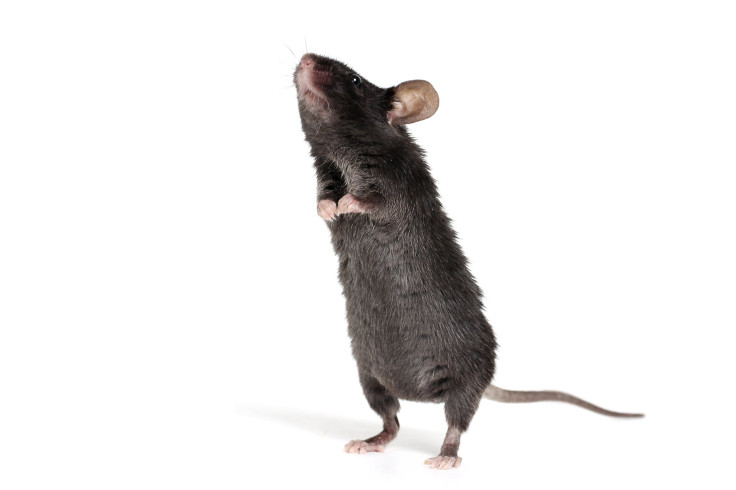New NIH Rules Will Require Scientists To Use More Female Test Subjects

The National Institutes of Health is trying to fix a very old oversight in research that has led to blindsided data and adverse drug effects for women. The consequences of unpredictable reactions in women are forcing the NIH to implement a new requirement to clinical trials: include female laboratory rats by Oct. 1 to erase gender bias.
Lab rats have played a vital role in scientific research since the 18th century, ever since albino mutants were used to understand fasting. The industry of rat-catching was largely fueled by the need to control infestation and the inexpensive surplus made them the perfect research animal. However, there was one problem that went unrecognized until the early 1990s: Researchers relied solely on males to collect data. Females were largely avoided for fear that their reproductive cycles and frequent hormone fluctuations would skew the results of their experiments.
“For most, this has not been on the radar screen as an important issue,” Dr. Francis S. Collins, the director of the NIH told The New York Times. "What we’re trying to do here is raise consciousness.”
The only way to successfully predict a drug’s effectiveness is for both female and male laboratory rats have to become equal participants in the studies. The NIH recognized the need of equal gender inclusion in order to study disease and drug side effects, more than two decades ago, but it wasn’t until now that they will begin to monitor preclinical research.
All researchers that apply for NIH funding will be required report an equal focus on male and female components in biomedical studies that lead to human clinical trials. Researchers too often over rely on male lab test subjects simply because they are less likely to throw their careful calibrations off balance.
“I really think this is a blind spot. I don’t know that there’s intentional bias here. But there’s certainly a reliance on male-only animal models, which have become the convention in some fields,” Janine Clayton, director of the NIH Office of Research on Women’s Health, told Reuters.
There are significant differences in gender between, not only the way a disease or illness affects a person’s body, but also how that disease or illness with react to certain treatment approaches. Multiple Sclerosis (MS), for example, is more aggressive in men but occurs more often in women. When researchers performed experiments on both genders of rats, they found that the differences in MS were related to reproductive and non-reproductive factors.
Beyond the sex organs, they also found some Y-chromosome genes, which are unique to males, have a protective effect against MS, while some female X-chromosomes potentially double the disease’s effect. In addition, these findings were relevant to Parkinson’s disease, schizophrenia, and stroke, which will help researchers understand risk factors and develop treatment options.
"Women experience higher rates of adverse drug reactions than men do," wrote two NIH officials in the study, which outlines the pending requirements.
If the 1993 NIH Revitalization Act, which requires the inclusion of women in NIH-funded clinical research, had not been implemented, major strides in research such as MS would have kept everyone in the dark. Today, more than half of NIH-funded clinical-research participants are women and there is much more understood about disease and treatment than there ever was when male rats were the only basis for research.
Published by Medicaldaily.com



























